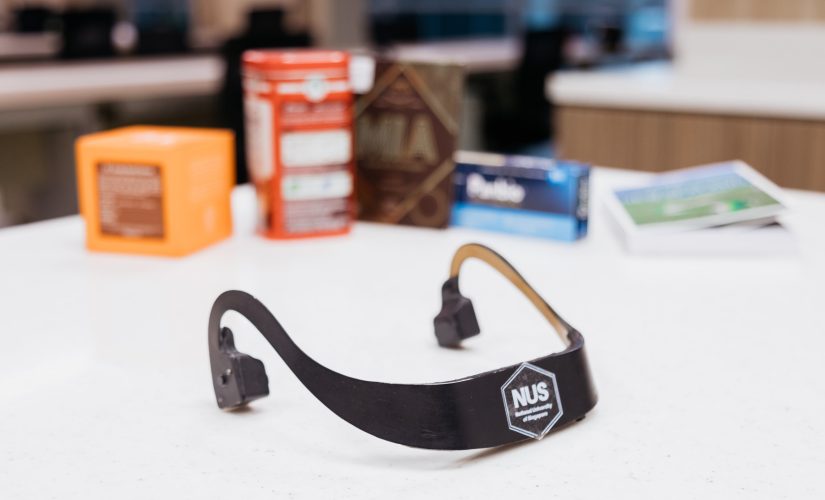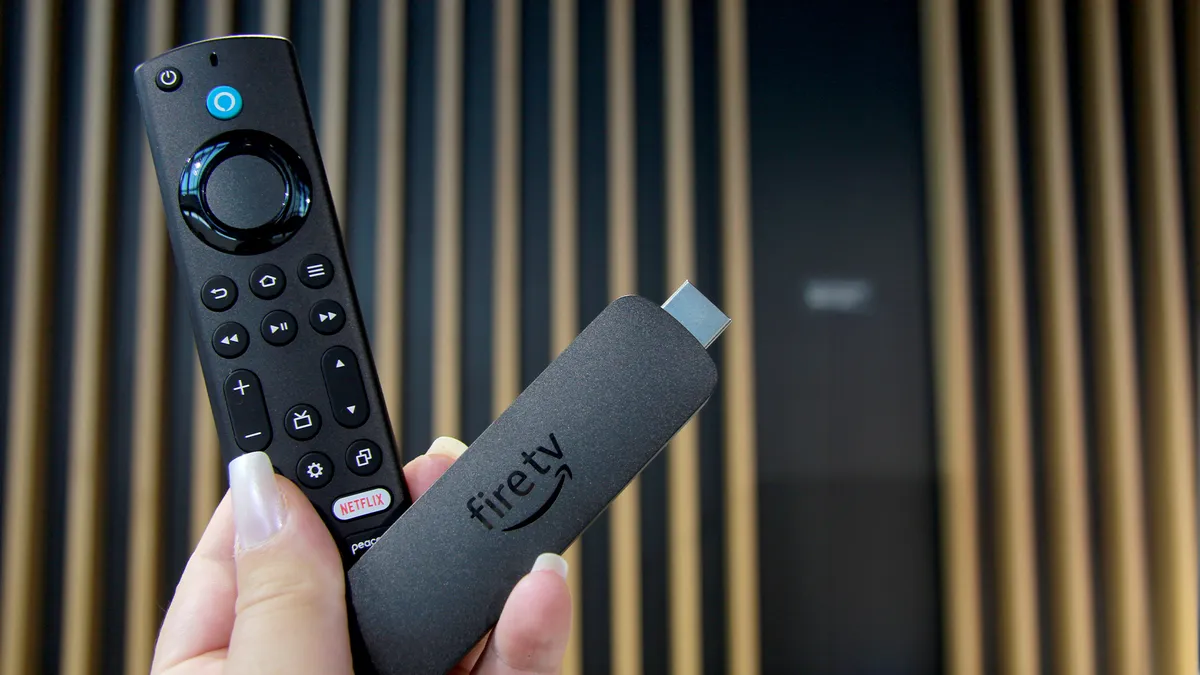AiSee: The Revolutionary AI-Powered ‘Eye’ for Visually Impaired People
Wearable Technology Enables Visually Impaired Users to See Objects Using AI Mapping and Provides Audio Translations of Their Surroundings
AiSee is a wearable device that allows visually impaired users to see.

A university in Singapore has made a groundbreaking development in assistive technology for the visually impaired. The National University of Singapore Computing (NUS) has created AiSee, a remarkable wearable device that combines a bone conduction headphone and a micro camera, powered by artificial intelligence (AI), to provide a whole new level of interaction and independence for visually impaired individuals.
Seeing the World Through AiSee’s Eyes
The core innovation behind AiSee is its “vision engine,” a sophisticated software that enables the device to capture visual information in real-time. Equipped with a camera, the device scans the wearer’s field of vision, identifying objects, text, logos, and labels. The captured data is then processed using AI algorithms, similar to those employed by OpenAI, to provide the wearer with relevant information and answer their queries.
But AiSee is not just about visual feedback. The bone conduction headphone allows the wearer to hear the world around them, while also receiving information directly from the device. Through text-to-speech and speech-to-text recognition, AiSee facilitates seamless interaction between the user and the environment, creating a more natural and independent experience.
👓🤖 AiSee is like having an “artificial eye” that not only helps visually impaired individuals “see” objects, but also gives them the power of knowledge and accessibility. It’s a game-changer! 🚀
Empowering the Visually Impaired
The potential of AiSee to revolutionize the lives of visually impaired people is truly remarkable. By leveraging advanced AI technology and human-centered design, NUS aims to empower users with a level of independence that was previously unimaginable. Mark Myers, a visually impaired user who participated in testing AiSee, states, “I think AiSee is a good balance. Both visually impaired and blind people could get a lot of benefits from this.”
Recognizing the significance of this technological breakthrough, NUS is working with SG Enable, a disability care provider in Singapore, to conduct further testing and gather valuable feedback from visually impaired users. This collaboration will allow the team to refine AiSee’s capabilities and ensure that it meets the diverse needs of its users.
The ultimate goal is to make AiSee affordable and accessible to the masses. To achieve this, NUS is actively working on enhancements, including a more ergonomic design and a faster processing unit. The vision is to empower visually impaired individuals worldwide to independently accomplish tasks that currently require assistance.
Q&A: Addressing Your Concerns
How does AiSee differentiate from existing assistive technologies for the visually impaired?
AiSee sets itself apart by combining a bone conduction headphone and a micro camera, along with powerful AI algorithms. This unique combination allows the device to not only capture visual information but also provide real-time feedback using text-to-speech and speech-to-text recognition. AiSee goes beyond just assisting with object identification; it empowers users with knowledge and independence.
Is AiSee able to work in different environments and lighting conditions?
Yes, AiSee is designed to work in various environments and lighting conditions. The camera captures the wearer’s field of vision, irrespective of lighting conditions, and the vision engine processes the data to provide accurate and reliable information. Whether indoors or outdoors, AiSee adapts to the surroundings to ensure an optimal user experience.
Can AiSee recognize complex objects and scenes?
The AI-powered vision engine of AiSee has been trained on a vast dataset, enabling it to recognize a wide range of objects, text, logos, and labels. While AiSee’s capabilities continue to evolve, it currently provides valuable information on a broad spectrum of objects and scenes. As the technology advances, we can expect even greater sophistication in object recognition.
The Future of AiSee and Beyond
The development of AiSee highlights the tremendous potential of AI in assisting and enhancing the lives of individuals with visual impairments. As technology continues to advance, we can expect further refinements and advancements in similar assistive devices.
The integration of AI, wearable technology, and human-centered design opens up countless possibilities for improving accessibility and independence for individuals with disabilities. AiSee is just the beginning of a remarkable journey that will transform the lives of many.
To learn more about the latest developments in the field of assistive technology, AI, and wearables, check out the following resources:
- Apple Halts Sales of Apple Watch Series 9 Ultra 2 Amid Patent Dispute
- LG Develops Two-Legged AI-Powered Robot to Watch Over Pets
- Meta Going for Artificial General Intelligence, Says Zuckerberg – Here’s Why It Matters
- The New York Times Suing OpenAI and Microsoft for Copyright Infringement
- XYTE Stirs Up $30M to Enable the Hardware Maker to Build Subscription Products
We encourage you to share this article and spread the word about the incredible potential of AiSee. Together, let’s create a more inclusive and accessible world!
About the author:
Brian-Damien Morgan is an award-winning journalist and features writer. With a background in both print media and digital broadcasting, Brian has extensive experience covering various topics, including technology, gaming, and legal issues. His expertise in these fields, combined with a knack for engaging storytelling, has earned him recognition and acclaim throughout the United Kingdom.
📷
Feel free to connect with Brian-Damien Morgan on LinkedIn and stay updated on his latest works and insights.






